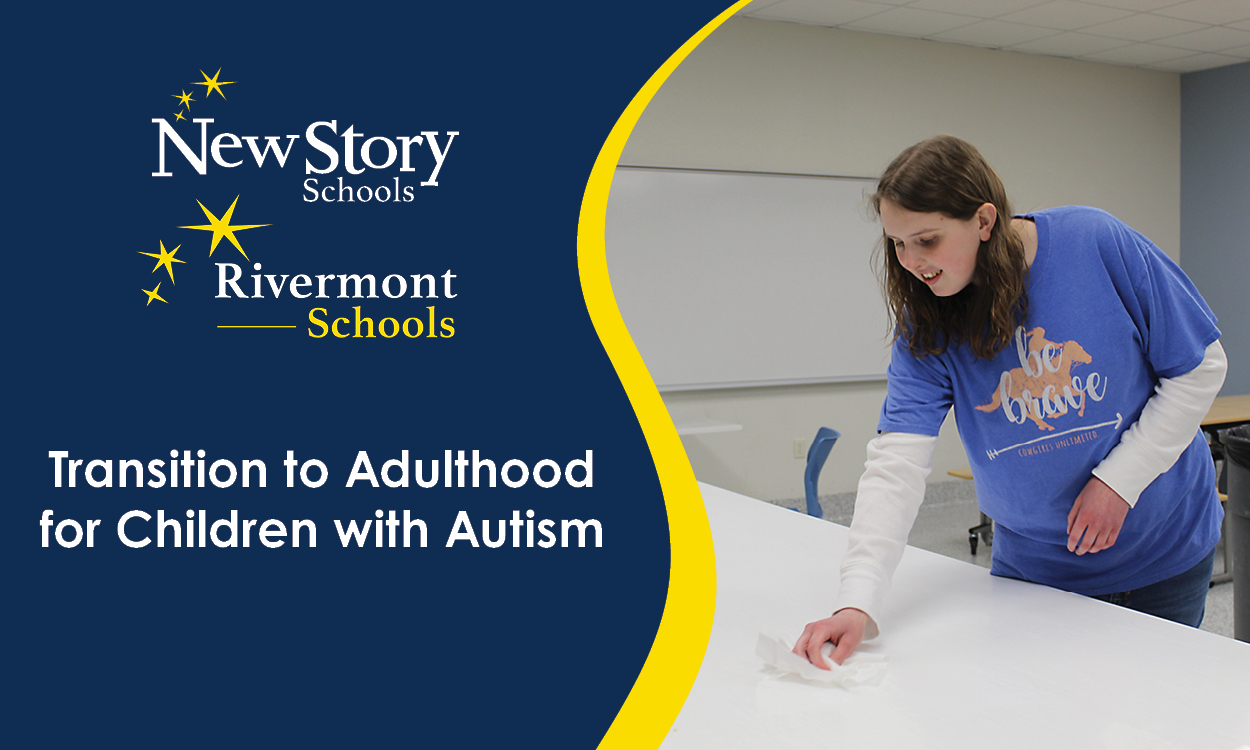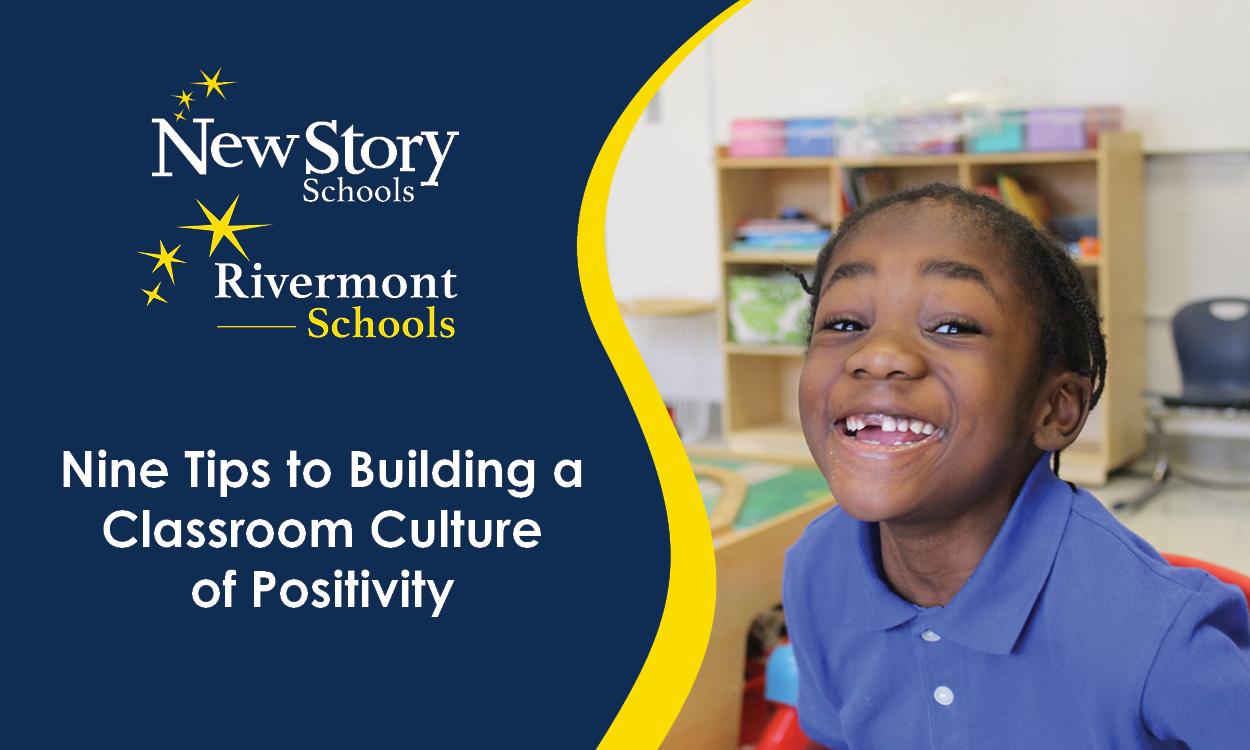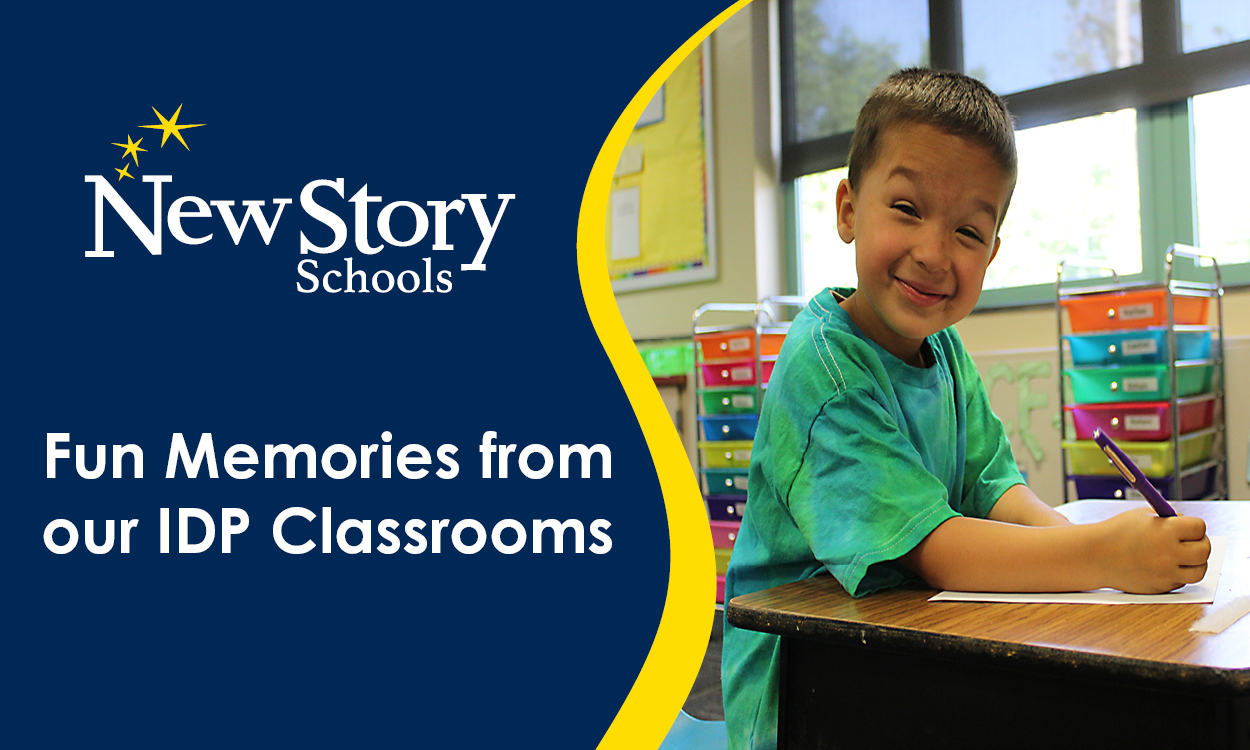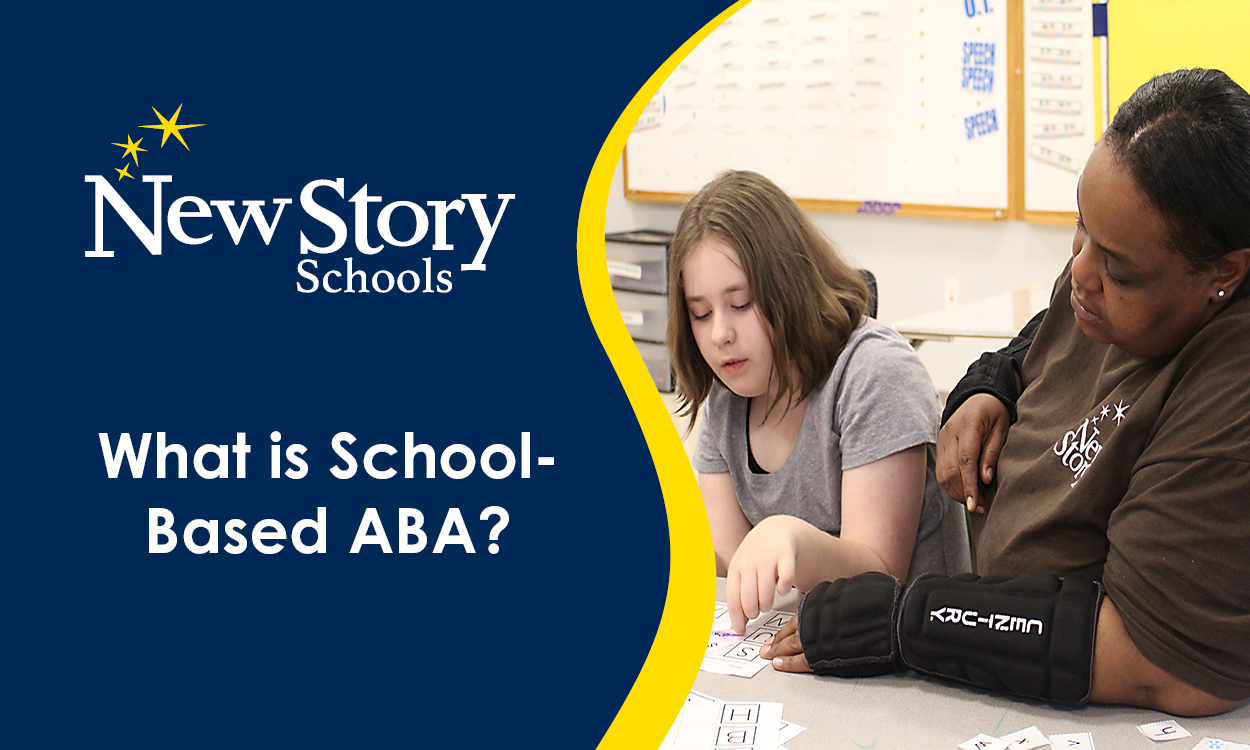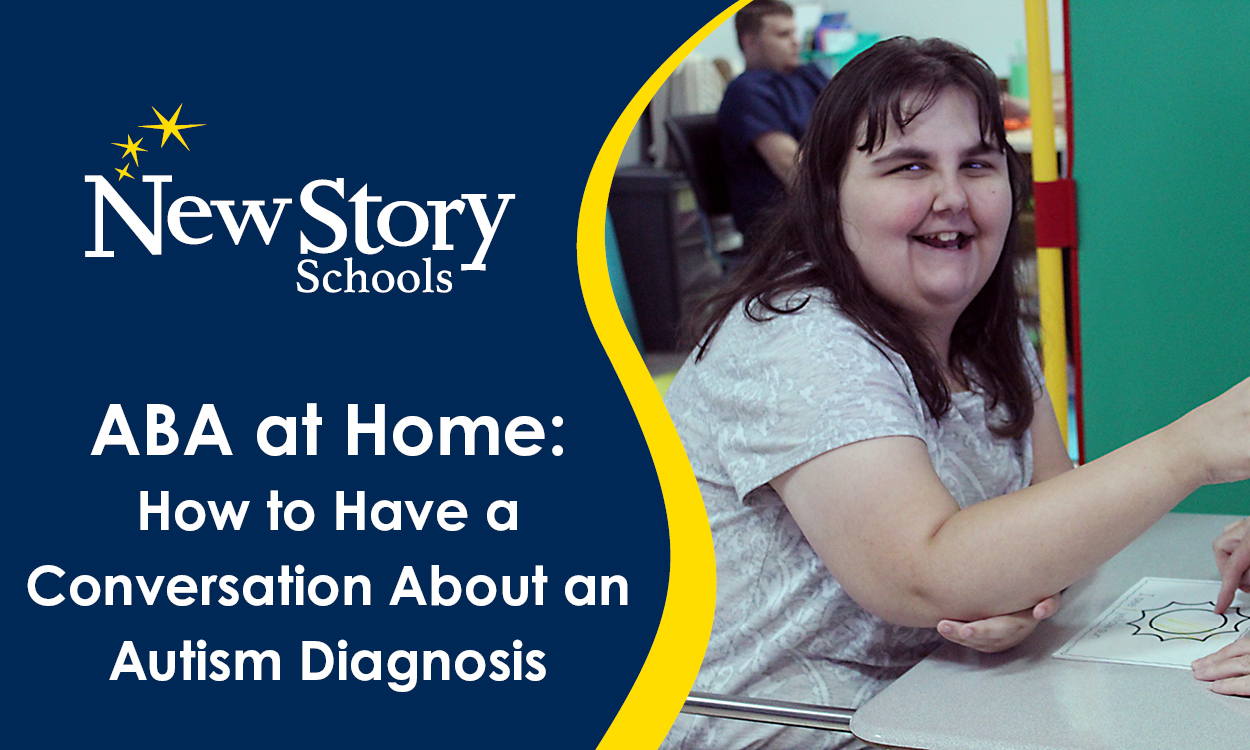School Supplies for Autism Students
Posted: August 07, 2023 | Written By: Drew Delligatti | Category: At Home Help
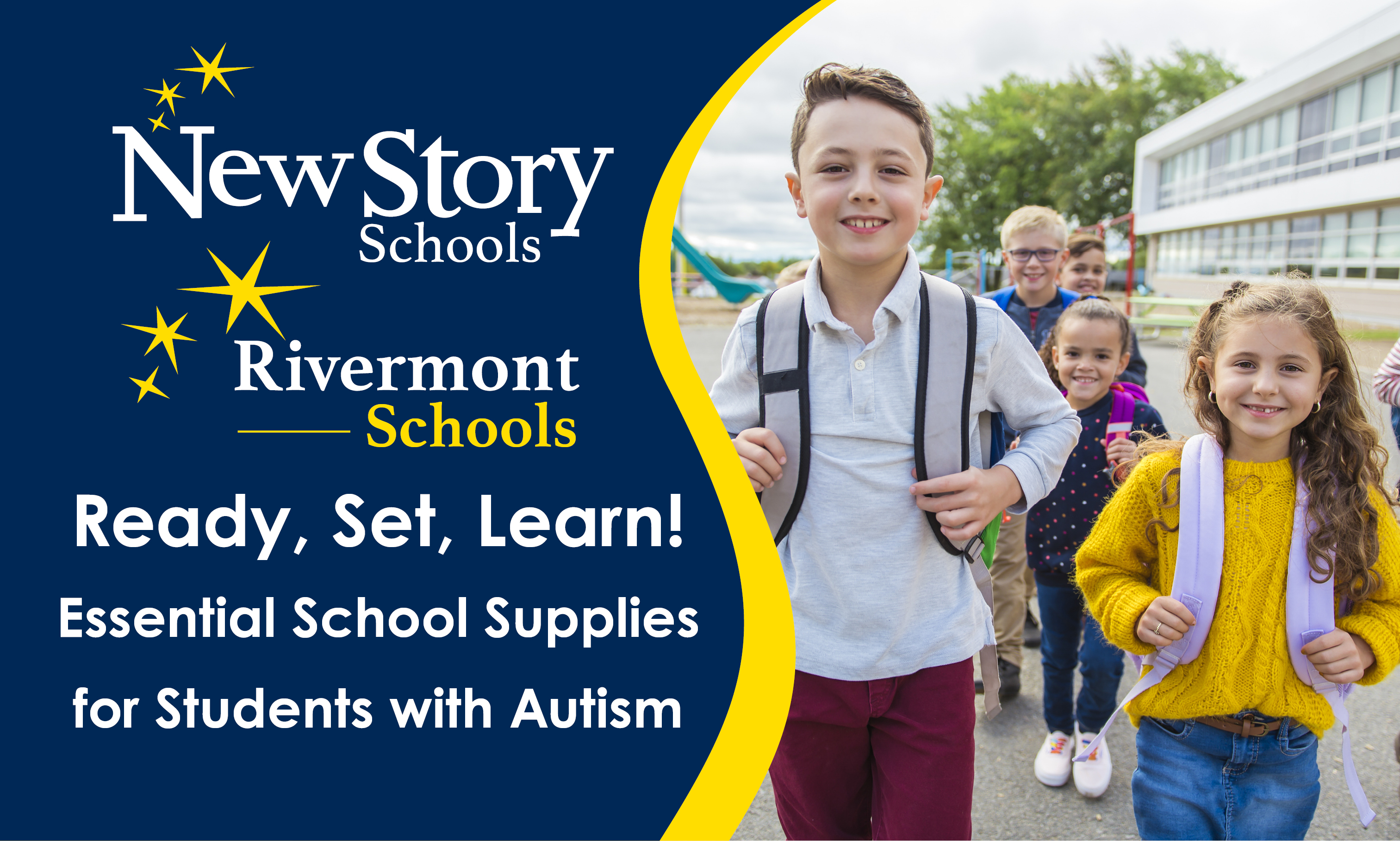
As the summer days dwindle, the back-to-school season heralds new beginnings, exciting challenges, and fresh opportunities for learning and growth. For students with autism, this period can be both exciting and overwhelming. As parents, it is our responsibility to ensure our students have the tools they need to navigate the academic year successfully.
Of course, everyone is going to need the basic school supplies like writing utensils, folders, and calculators. But students with autism may need a few more things to get the school year started off on the right foot. A well-thought-out back-to-school supplies list tailored to their unique needs can make all the difference. In this blog, we present the ultimate back-to-school supplies list for students with autism, designed to foster a supportive and enriching learning experience.
1. Visual Aids:
Visual aids are helpful for students with autism as they often respond better to visual cues. Consider the following items:
Visual Schedules: Visual schedules are a series of pictures, symbols, or words arranged in sequential order to represent the daily activities and routines of a student. These schedules help individuals with autism understand what will happen throughout the day, reducing anxiety and uncertainty. For instance, a visual schedule may include pictures of morning routines like waking up, brushing teeth, having breakfast, and going to school.
Visual Timers: Visual timers use visual cues, such as color changes or a moving graphic, to represent the passage of time. These tools help students comprehend the duration of an activity or transition, making it easier for them to manage their time effectively. For example, a teacher can use an hourglass timer to indicate the duration of a group activity or break time.
Visual Instructions: Visual instructions accompany verbal directions with visual cues. This approach ensures that students with autism have a clear understanding of what is expected of them. For instance, if a teacher asks the class to line up quietly, they can display a picture of children standing in a line with a finger placed over their lips to indicate silence.
2. Sensory Tools:
For individuals with autism, managing sensory sensitivities is crucial for a positive learning experience. The following sensory tools can be beneficial:
Fidget Toys: Fidget toys are small, tactile objects that provide sensory input and help students with autism maintain focus and regulate their emotions. Examples include stress balls, tangle toys, fidget spinners, or textured squishies. This can also be expanded to scented objects such as lavender, chamomile, and other calming scents. Fidgets can come in the form of scented putty or even plush toys. When a student feels anxious or overwhelmed, they can use these toys discreetly to manage their sensory needs without disrupting others.
Noise-Canceling Headphones: Noise-canceling headphones help reduce auditory distractions in a busy classroom environment. For a student sensitive to noise, these headphones can create a calm and focused space for learning. When wearing the headphones, the student can concentrate better on their tasks without being overwhelmed by background noises.
Weighted Items: Weighted items, such as lap pads, vests, or weighted blankets, provide deep pressure input, which can have a calming effect on students with autism. The added weight can help reduce anxiety and increase the feeling of security. These items are particularly useful during tasks that require sitting or during stressful moments.
3. Organizational Supplies:
Staying organized is key to academic success. Use these supplies to encourage neatness and structure:
Color-Coded Binders and Folders: Color-coding can help students with autism organize their school materials. Assigning a specific color to each subject or task makes it easier for them to distinguish between different materials and keep everything neatly organized. For instance, all math-related materials can go into a blue folder, while science-related materials can go into a green folder.
Planners or Visual Calendars: Planners or visual calendars help students with autism keep track of assignments, due dates, and important events. They can use pictures or stickers to represent different activities or events, making it more engaging and accessible for them to manage their schedules effectively.
Storage Solutions: Providing storage boxes or drawers in the classroom can help students with autism maintain an orderly learning environment. Having designated places to store their belongings and materials reduces the likelihood of losing important items and ensures they can easily find what they need.
4. Communication Tools:
Enhancing communication skills is vital for students with autism. Consider these tools:
Picture Communication Cards: Picture communication cards, also known as PECS (Picture Exchange Communication System), are a powerful tool for non-verbal or partially verbal students to express their needs and desires. The student can hand a picture card to a teacher or peer to indicate what they want, whether it's a snack, a bathroom break, or help with a task.
Social Stories: Social stories are simple, personalized narratives that describe social situations and appropriate behavior. These stories can help students with autism understand what is expected of them in specific social contexts and improve their social skills. For example, a social story might illustrate how to appropriately greet a new classmate. Essentially, the story provides a clear description of a particular situation, such as going to a birthday party. The story outlines the steps involved and helps the child feel more prepared and confident in that scenario.
Communication Apps: Augmentative and Alternative Communication (AAC) apps are software applications designed to support communication for individuals who have difficulty with verbal speech. AAC apps on tablets or smartphones can be tailored to meet the individual needs of students with autism. These apps may include visual schedules, picture-based communication tools, or even speech-to-text features to assist with verbal communication.
5. Behavioral Support:
For students who benefit from behavioral support, consider the following items:
Rewards Charts: Rewards charts can be used to reinforce positive behavior and encourage motivation. When a student exhibits desirable behavior, such as staying focused during a lesson or completing a task independently, they receive a sticker or checkmark on the chart. After accumulating a certain number of stickers, they can earn a reward, such as extra free time or a preferred activity.
Calm-Down Kit: A calm-down kit is a collection of sensory items, comforting objects, and relaxation tools that a student can access when they feel overwhelmed or stressed. It might include items like stress balls, soft blankets, aromatherapy, visual cue cards for deep breathing, or a favorite book to help the student regulate their emotions. Another fun example is a “calm down jar.” Grab an empty water bottle or jar and fill about three-quarters of the way full with hot water. Then add clear glue to where an inch of space remains in the container. Then add glitter along with glow in the dark pieces, LEGO bricks, or anything else to personalize it! Once done, hot glue the lid shut.
Social Skills Games: Social skills games and activities can be integrated into the classroom to promote interaction and improve socialization. These games can focus on turn-taking, active listening, empathy, and understanding social cues. For example, role-playing scenarios can help students practice appropriate responses to different social situations.
6. Clothing:
Being comfortable in a school is a task in of itself. Buying the right clothes can help make the long school day much easier:
Comfortable Clothing: For a child with autism, comfort is essential to promote focus, reduce sensory discomfort, and allow for unrestricted movement. Some considerations for selecting comfortable clothing are soft fabrics, elastic waistbands, tagless or seamless designs, loose-fitting styles and layering options.
Sensory-Friendly Accessories: By considering your child's sensory preferences, you can create a wardrobe that supports their well-being and helps them feel at ease in the school environment. Pay attention to their feedback and preferences, as what works for one child with autism may not work for another. The goal is to provide a positive and supportive sensory experience that allows your child to focus on learning and enjoying their time at school. Some examples of sensory-friendly accessories are compression clothing, chewable jewelry, sunglasses, and hats with wide brims.
Incorporating these ideas into your student’s back-to-school supplies can help bolster a supportive and enriching learning environment. By understanding and addressing students’ unique needs, we empower them to thrive academically and socially. Remember, every child is different, so customization and flexibility in implementing these tools is essential. With patience, understanding, and a compassionate approach, we can ensure that all students embark on their academic journey with confidence and enthusiasm. Let us work together to create an inclusive educational experience for everyone!
Want to be notified of new articles and resources from New Story Schools? Submit your email and opt into our newsletter!


